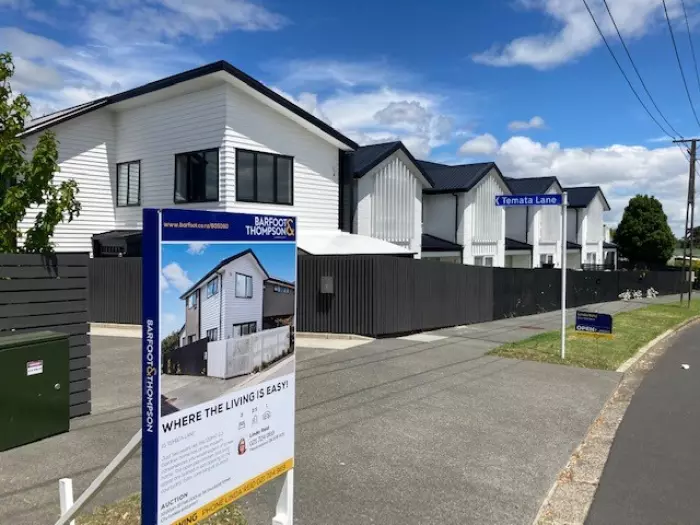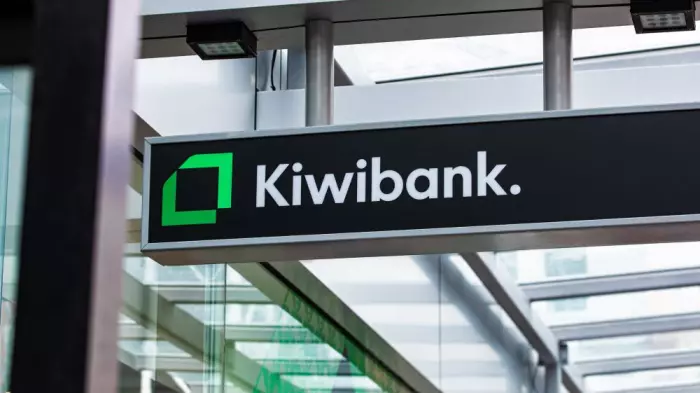When Westpac chief economist Dominick Stephens said earlier this month New Zealand was building houses fast enough to catch up with its supply backlog, many BusinessDesk readers were left gobsmacked.
Like any good economist, Stephens had crunched the numbers and concluded NZ was already moving past the legacy supply-side issue, on the strength of construction and consents being at their highest levels in over 40 years.
This comes as net migration remains stuck at close to zero since covid-19 struck, a far cry from the 70,000 net migrants the country received in 2019.
Stephens also believes the housing shortage could continue to shrink even after migration resumes. This is because the level of construction activity is higher than needed to keep pace with population growth “even in a normal year”.
But Leonard Hong, a researcher with the New Zealand Initiative, thinks housing needs will rise faster than population growth anyway and continues to predict an annual shortfall of as much as 9,857 dwellings on current estimates.
In the policy thinktank's latest report, the Need to Build, Hong notes projections don’t take into account the annual demolition and replacement rate of dwellings or the current under-supply of 40,000 houses.
That remains well ahead of the average 21,445 net private dwellings per year NZ has added to housing stock levels since 1992.
Stephens suggests while record low-interest rates have certainly played a part in surging house prices, which jumped by a fifth over the past 12 months to a seasonally adjusted median of $730,300, the bigger problem was the political resistance to do anything which could jeopardise housing as a “one-way bet”.
Hong agrees and blames political buck-passing by successive governments as promoting “extremely expensive housing markets” in both Auckland and Wellington.
This is borne out by the 2020 Demographia survey of international house prices, which rates Auckland as the sixth least affordable city among 92 housing markets. The same survey suggests the actual price of housing in NZ jumped by 171% from 2000 to 2019, compared with 11% in Germany for the same period.
A growing income divide
Numbers from property analytics firm CoreLogic show the house value to income affordability divide is widest in the bigger cities, with Auckland coming in closer to 10 times the average household income, Dunedin at 8.1 times, Wellington at 7.7 times and Christchurch at 5.8 times.
CoreLogic economist Kelvin Davidson said the average value to income level is now at levels last seen in late 2016 — at 6.8 times. This was at 6.3 for the third quarter last year, already more than double the World Bank's commonly accepted international measure of the affordability of three times income.
Meanwhile, CoreLogic notes debt servicing costs have climbed from a long-term average of about 31% to more than a third of incomes. Again, Aucklanders pay more — closer to 40%.
But a more pressing issue, Davidson said, is the length of time it takes to scrape together a deposit, with CoreLogic pegging the average now at nine years, versus a longer-term average of 7.5 years.
So how do we fix that?
Davidson reckons the Reserve Bank’s move to reinstate loan to value ratio restrictions next month, is one right step. “Pushing LVR deposit requirements to 40% in 2016 worked to reduce the financial stability risks that had emerged then, so we’d expect to see something similar now.”
But he isn’t a huge fan of another option, extending the bright-line property rule, which he suggests won’t have an enormous impact.
ANZ property economist Liz Kendall said the problem is many households assume recent falls in rates are a “permanent fixture, rather than a temporary response to a crisis”.
That saw first-home buyers borrow $1.6 billion in November, or about 17% of total lending of $9.3b for that month. Those buyers, however, represented 71% of all borrowings at higher than 80% LVR lending.
Legislation needed
While the market waits on pending policy announcements on the demand side of housing, originally scheduled for this week, independent economist Michael Reddell suggests most of the demand-side measures to date, whether initiated by the government or the Reserve Bank, have been “little more than a distraction, often just suppressing demand”.
The former special advisor to the Reserve Bank would favour a short piece of legislation now, enabling any landowner to build two-storey houses “as of right” on any land they own.
Developers would be responsible for water and sewerage connection costs and councils would have “no choice” but to sign off on builds, he said.
He thinks the result would be “a sharp and near-immediate fall in land prices on the peripheries of cities”.
Forgo guaranteed capital gains?
Miles Workman, a senior economist with ANZ Bank, said while freeing up land is one of the “heavier hitters” in the government’s arsenal, that needed to be aligned both with the supply and demand balance and also with incomes, which just “had not kept anywhere near pace with house prices”.
But income growth, which could be encouraged through productivity-focused policies, would not be enough alone to elicit “meaningful change in housing affordability”.
This will require an acceptance capital gains aren’t guaranteed, he said. “If houses are to become truly affordable, a decline in real house prices needs to be accepted too.”
But, Workman said, this didn’t need to be catastrophic, as a “gradual decline” could be engineered out of the continuous expansion of construction, which would lead to increased growth and spending.
Quarter acre dream is unrealistic
Nikki Connors, the founder of Christchurch-based Propellor Property Investments, suggests this is not the first generation to be having these conversations.
"But to be blunt, first-home buyers now want to start where their parents ended up, but for the vast majority, that just isn’t realistic."
Connors, who favours off-plan developments and offers a proportional ownership scheme as part of her investment approach, said buyers need to taper expectations.
“I lived and worked in London for 12 years. I realised that I would never be able to buy in that market. Yet, young Kiwis are setting their sights on owning a three-bedroom house in a top location in Auckland, our most expensive city.”
Sjoerd Post, chief executive of architecture and design firm Jasmax, said Kiwis were also still hanging onto the “quarter-acre section” as a birthright.
“I grew up in a flat with my parents, had a great childhood and went to university, so we need to maybe start thinking differently and looking at the benefits of smaller homes.”
He reckons the apartment market offered good value at present, represented an “easier lifestyle” and might save on travel and other upkeep costs.
Matt Taylor, co-founder of First Home Coach — a digital coaching platform aimed at helping first home buyers get onto their first housing rung — said his firm’s data showed most initial buyers were looking in the $550,000-to-$700,000 bracket but were still expecting to get standalone three or four-bedroom homes at that level.
Taylor said only 11% of the app’s listed buyers were looking at apartments, units or terraced homes, “so it is proving a tough shift”.
It’s also potentially an expensive one, he said. “Even if you were targeting a 10% deposit, you would have to save $528 a week just to keep pace with the market.”
Special purpose vehicles
Kiwibank senior economist Jeremy Couchman said one of the biggest roadblocks to housing is the infrastructure investment needed before any major development projects gets off the ground.
This is often stymied by council hesitation to commit to the cost of a new housing development, particularly given limitations to take on new debt, he said.
A solution is the creation of special purpose vehicles for projects, which provides a jointly funded private/public market, but drawn down as the development progresses, he suggested.
Buyers in the housing development ultimately pay back the development cost.
Couchman said while the legislation is in place for SPVs, outside of the Three Waters scheme, “we haven’t really seen much in terms of how that will work”.
Auckland Mayor Phil Goff has suggested special purpose vehicles would need to be in place ahead of its supporting major housing developments like the proposed 360 hectares, commercial and residential development at Drury, south of the city.
Goff said while Auckland was a high growth city, the council "couldn’t fund everything".
He said the city wanted to support developments of this nature — for example, through the reform of zoning issues for large-scale developments — but a fresh approach was needed, and that could include either SPVs or higher development contributions.
Jasmax's Post suggested there should also be more institutional investment money aimed at bricks and mortar developments.
"Globally, pension funds tend to put a lot of money into housing. I don't see any reason our KiwiSaver money shouldn't be going into that market, rather than piling into equities."














